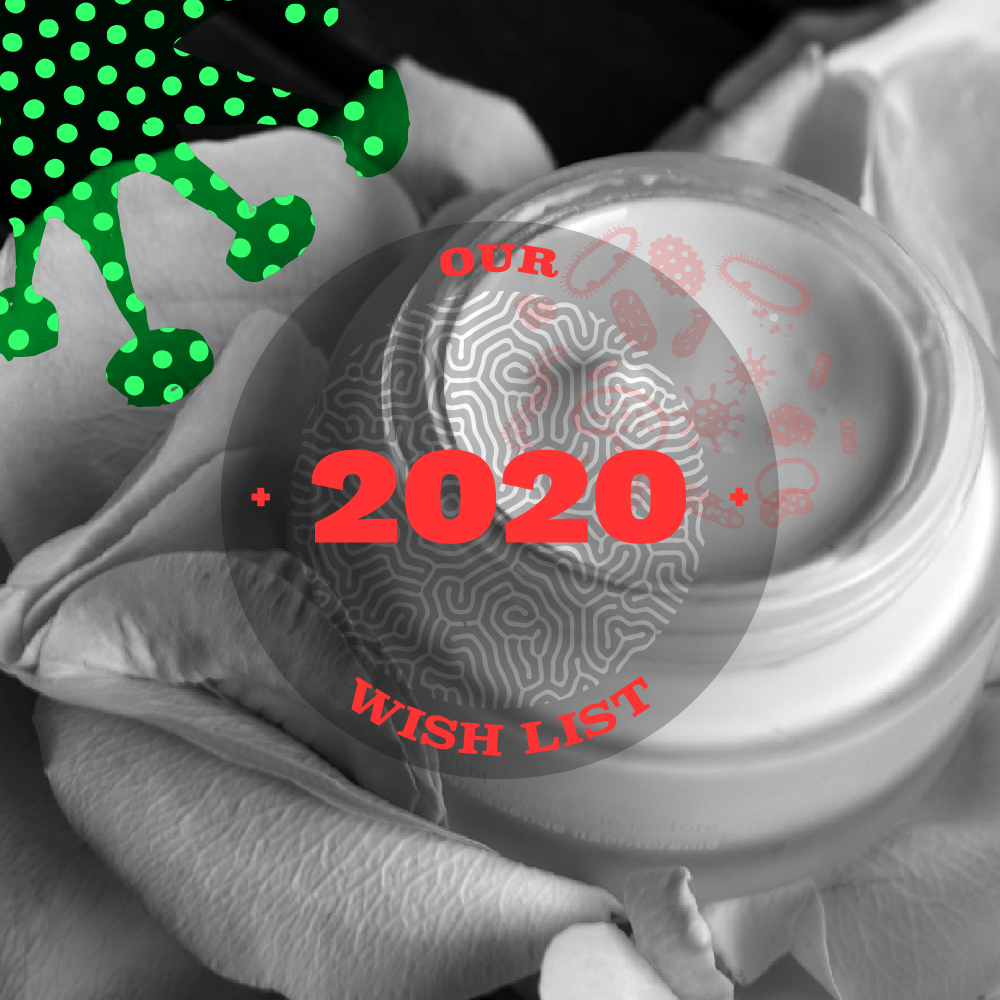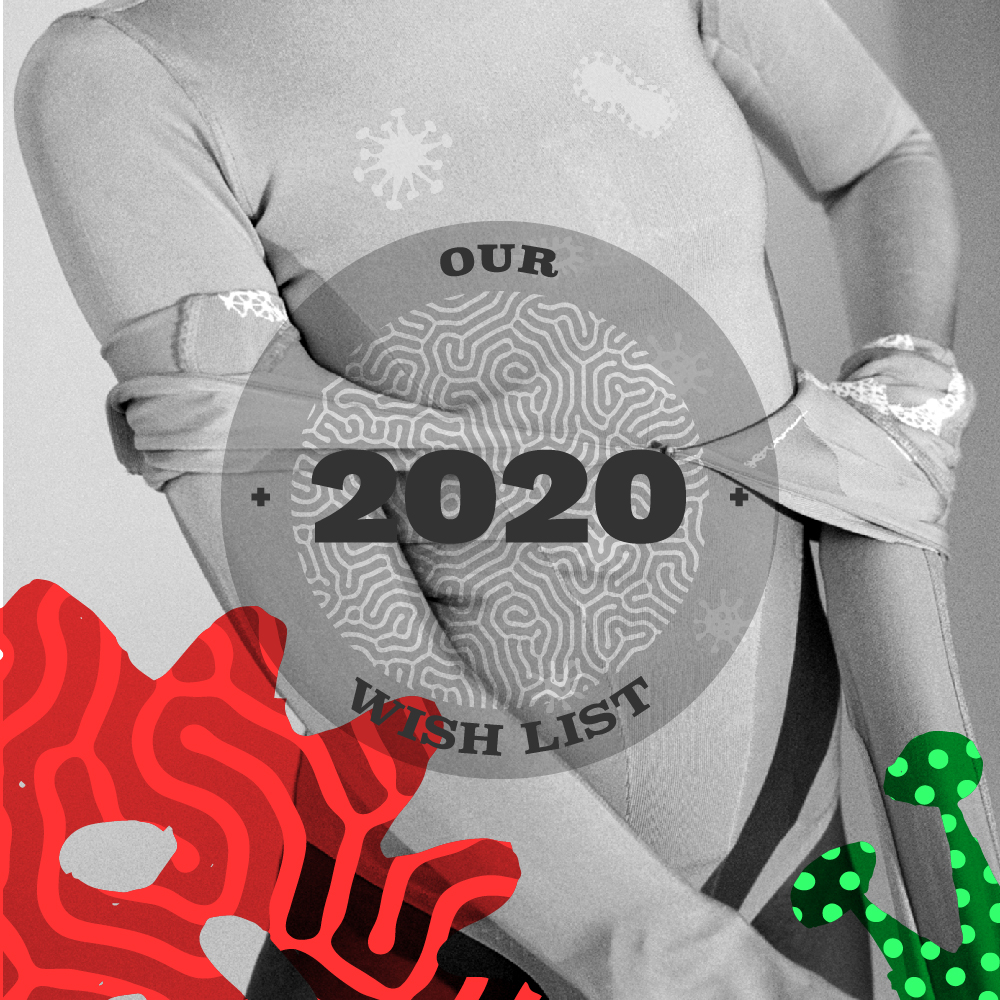Looking forward and beyond
The skin hosts a large amount of bacterial cells which constitutes a large proportion of the total human microbiome [8]. With such a vast network of cells to work with, this provides huge opportunities for research.
Great strides are being made in the skin microbiome market with the generation of investment and buzz in the scientific community. However, there are several key challenges and opportunities which open up new avenues for game-changing products…
The microbiome is highly personalized; each individual has a distinct selection of bacteria on their skin and elsewhere in the body. Therefore, developing products with a broad consumer market in mind is challenging as the ‘one size fits all’ approach does not apply to the microbiome. Furthermore, a person’s microbiome changes in response to a range of internal and external factors, such as stress, eating habits, and use of medication, amongst others. As a result, research so far has largely focused on the identification of key bacteria that are largely associated with particular conditions (acne, dry skin etc) that can be manipulated (blocked or encouraged) but there is room in research for more personalized approaches.

Probiotics as a key functional ingredient in targeting major skin concerns (acne, blemishes, wrinkles etc) is gaining popularity in research, with increasing clinical evidence pointing towards their efficacy. Probiotics – products containing live bacteria – comprise of only a small portion of commercialized cosmetic products and hold great untapped potential in the skincare market. However, implementing live bacteria into mainstream products is not easy. Bacterial products require aseptic conditions, a challenge for packaging, and often have a short shelf life so do not last long. They are also often associated with a higher price tag, and safety concerns around contamination by potentially harmful microorganisms limit the breakthrough of these products into the market. Nonetheless, the number of probiotic cosmetics is on the rise, with some companies opting to use inactivated rather than live bacteria. As the science progresses to develop effective packaging solutions and better anticipate any negative effects of the bacteria, it is likely the proportion of probiotics will only continue to grow [2].
The current skin microbiome market is dominated by Western countries, with Europe and US being the two largest consumers of cosmetics, but the Asian and Latin American regions are rapidly growing, and a shift is expected within the coming years [2]. The growth of the market only emphasises the huge opportunities for companies working in the skin microbiome space.
We are excited to see the developments that 2020 has in store in the field of the microbiome. Sharing our enthusiasm, at the end of last year we asked a number of individuals involved in one way or another in the field on their microbiome wishes for 2020.
Dr. Michele Pereira, Pharmacist, PhD in Microbiology and Founder of Laviz Cosmetica
“The concept of a more natural way of living, wellness, and health is growing more and more each day, and it’s reflecting not only in the way people eat, but also in the cosmetic products they are using, the beauty routine they follow and the type of approaches they use in clinics. Non-invasive approaches to treat our body, reduce body fat and reduce the appearance of skin aging and wrinkles have also gained significant popularity.
 This more natural way of taking care of our skin has enormous benefits especially for our skin microbiota, the collection of microorganisms that live in and on our bodies, including bacteria, fungi, viruses and archaea. Studies have already shown that our skin microbiome regulates and influences several skin conditions such as acne, atopic dermatitis, psoriasis and even aging.
This more natural way of taking care of our skin has enormous benefits especially for our skin microbiota, the collection of microorganisms that live in and on our bodies, including bacteria, fungi, viruses and archaea. Studies have already shown that our skin microbiome regulates and influences several skin conditions such as acne, atopic dermatitis, psoriasis and even aging.
Following this line, we have a growing body of evidence about the benefits of cosmetic products with probiotics and derivatives for our skin. Although a lot is yet to be discovered about the interaction of our body, gut and skin, with our ‘invisible friends’, I see it as a prominent trend not only next year, but for years to come.”
Dr Richard Gallo, M.D., PhD, Professor and founding Chairman of Dermatology at the University of California, San Diego
“The suffering of patients with chronic atopic dermatitis is greatly underappreciated. My dream is to apply our recent discoveries to treat, or even cure, these patients.
Our lab University of California San Diego has discovered genes from skin bacteria that protect normal human skin, but they are missing from people with atopic dermatitis. These genes have shown how the skin microbiome works with the human immune system to protect us from some infections and promote healthy skin.
 In partnership with the National Institute of Health and a local biotechnology company we have completed 3 different randomized and double-blind clinical trials with these skin bacteria. These small, early stage clinical studies have worked well and have shown how a cream containing these bacteria is safe and can help protect subjects with atopic dermatitis.
In partnership with the National Institute of Health and a local biotechnology company we have completed 3 different randomized and double-blind clinical trials with these skin bacteria. These small, early stage clinical studies have worked well and have shown how a cream containing these bacteria is safe and can help protect subjects with atopic dermatitis.
We are now moving to larger trials and expect to realize our dream soon.”
Rosie Broadhead, Fashion Designer
“Looking ahead, my dream microbiome product would be a probiotic catsuit! This would involve healthy bacteria that would be encapsulated in different areas of the garment to benefit that particular area of the body.

I am currently exploring the benefits of encapsulating probiotic bacteria into the fibers of clothing. These are activated when they come into contact with the moisture on our skin, allowing them to dominate other less beneficial bacteria. The encapsulated bacteria are associated with reduced body odor, encouraging cell renewal, and improving the skin’s immune system. This catsuit would not only replace the need for chemical fabric finishes but also reduces the need to wash your clothes as frequently.”
Márcia, Scientist and skincare love

“My biggest 2020 skin wish is the development of a sunscreen that is effective for 12 hours.
Given the right conditions this could mean that consumers would only need one generous application per day.
Wouldn’t that be lovely? I’m feeling a vacation coming on…”
Dr Christopher Callewaert otherwise known as Dr Armpit Microbiologist
“My dream microbiome product would be a probiotic deodorant, one that doesn’t mask but really works to solve body odor.
I am currently working on exploring solutions to tackle heavy body odor. There have already been a lot of clinical trials in this area, regarding underarm microbiome transplants and more recently, underarm bacteriotherapy.
We’ve seen great results and are doing our best to make this available to those suffering with body odor.
One day we will reach that point, but for now, we are still in lab stage!”
Last month, we wrote a blog about the trends that drove the skin microbiome market in 2019. Read it here.
References:
[2] DSM research, 2019[8] A diversity profile of the human skin microbiota: